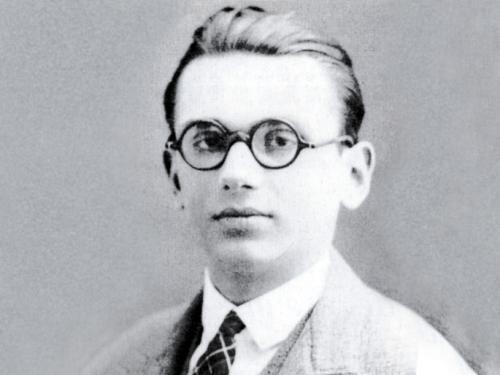INTRODUCTION
In 1931 Kurt Gödel published his Incompleteness Theorem, now known as Gödel’s Incompleteness Theorem. Gödel, an Austrian logician, had managed to prove that any consistent mathematical system was incomplete. Most notably that there could exist statements in mathematics that were true but for which no proof existed. A shock to the mathematics community at the time and the subject of widespread debate. His proof contained little mathematical content and an intense amount of self-referential and complex statements.
Gödel’s Incompleteness Theorem actually contains two theorems: Gödel’s First Incompleteness Theorem and Gödel’s Second Incompleteness Theorem. The first deals with the inevitable incompleteness or inconsistency of a mathematical system. The second proves that a system which is consistent, can not prove that it is. Together, Gödel’s Incompleteness Theorem argues that no mathematical system can be proven to be both complete and consistent. This document will include a discussion of the meaning of these theorems, their proof, and applications in the field of mathematics.


